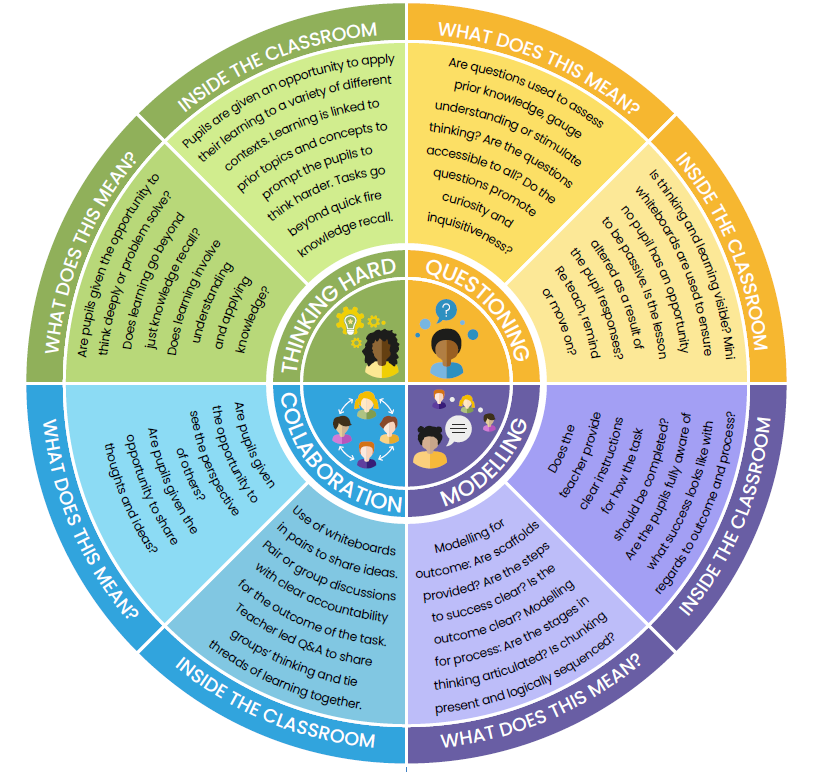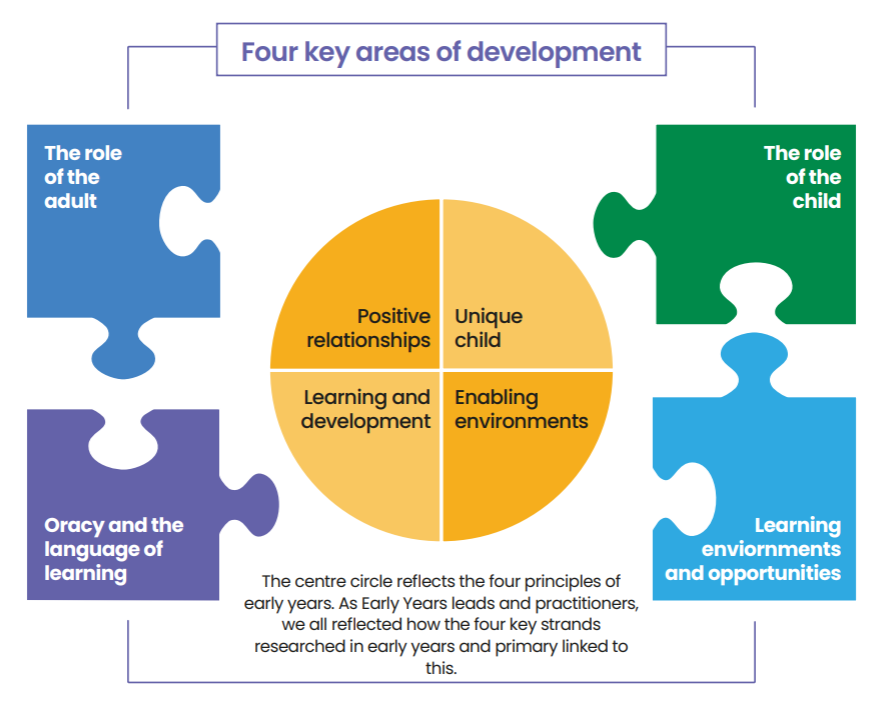Resources

This page contains some practical examples for schools to apply Teaching for Creativity into their own setting. These examples may not be from the same subject, but all examples are transferable as they focus on how to allow pupils to learn rather than what they are learning. These examples come from four different schools across Anglian Learning and have been tried and tested within the classroom setting.
Teaching for Creativity Wheel

Primary Schools

| “I’m free to make my decisions with my piece of art so that’s cool.”
– Primary school pupil of Anglian Learning |
The Role of an Adult
In Early Years, we found evidence suggesting that when learning is purposeful and exploratory, engagement levels rise, and skills develop, including the ability to make links with learning and apply new knowledge and skills in a variety of contexts. The resource below focus on the role of an adult in teaching for creativity in Early Years settings.
Case Study
A case study on the role of an adult from Bottisham Community Primary School exploring open-ended exploratory play.
Secondary Schools
Collaboration
This section highlights how working with peers and teachers supports inquisitiveness, resilience and memory retention. Structured group work helped pupils invest more in their learning, sparked curiosity about others’ ideas and reinforced key content.
Modelling
This section highlights the importance of teachers explicitly demonstrating skills or ways of thinking, helping pupils understand what success looks like. Additionally, by modelling curiosity and creativity themselves, teachers encourage pupils to adopt those habits of mind.
Thinking Hard
This resource focuses on the link between autonomy, challenge and creativity. Pupils described how having ownership over their learning and being challenged led to a deeper sense of engagement and pride. Applying prior knowledge in new contexts was seen as a key component of creative thinking.
Questioning
This resource emphasises the importance of creating a classroom culture where questioning is encouraged to spark inquisitiveness and deeper thinking. Pupils reported that seeing others ask questions inspired them to do the same, especially in exploratory settings like science, using the “mantle of the expert” approach.

